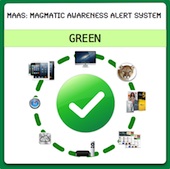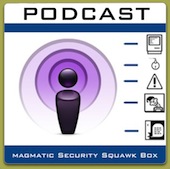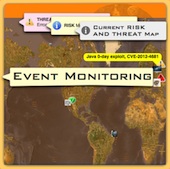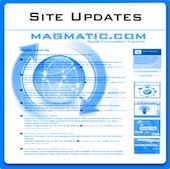Private Browsing is Not Always Private
 Monday, January 5, 2009 at 07:34AM
Monday, January 5, 2009 at 07:34AM Well, duh! Private browsing in browsers such as Safari or Fire Fox is not what it seems to be unless you take advantage of tools and or services such as JAP, TOR-Proxy or Proxify. When selecting private browsing on any system third party products such as Flash or Google gears have their own way of storing information and of course their own way of managing the privacy of that information. This is all included in the installer(s) and downloader(s) but like much of everything in our on demand world people confuse the OK button with security.
A big issue for users and administrators with the Flash plug-in is that the global settings are accessed via a SSL site, which may be blocked for users behind corporate firewalls. This is something administrators should consider if Flash is part of their install. Simply put it is important to configure these privacy settings as well.
To access and change your Flash settings access the following site, the settings are the actual application loaded into the page. I have it set for the highest privacy settings, which accepts and stores nothing on any of my systems.
Adobe - Flash Player : Settings Manager - Global Storage Settings Panel
 Privacy
Privacy 






